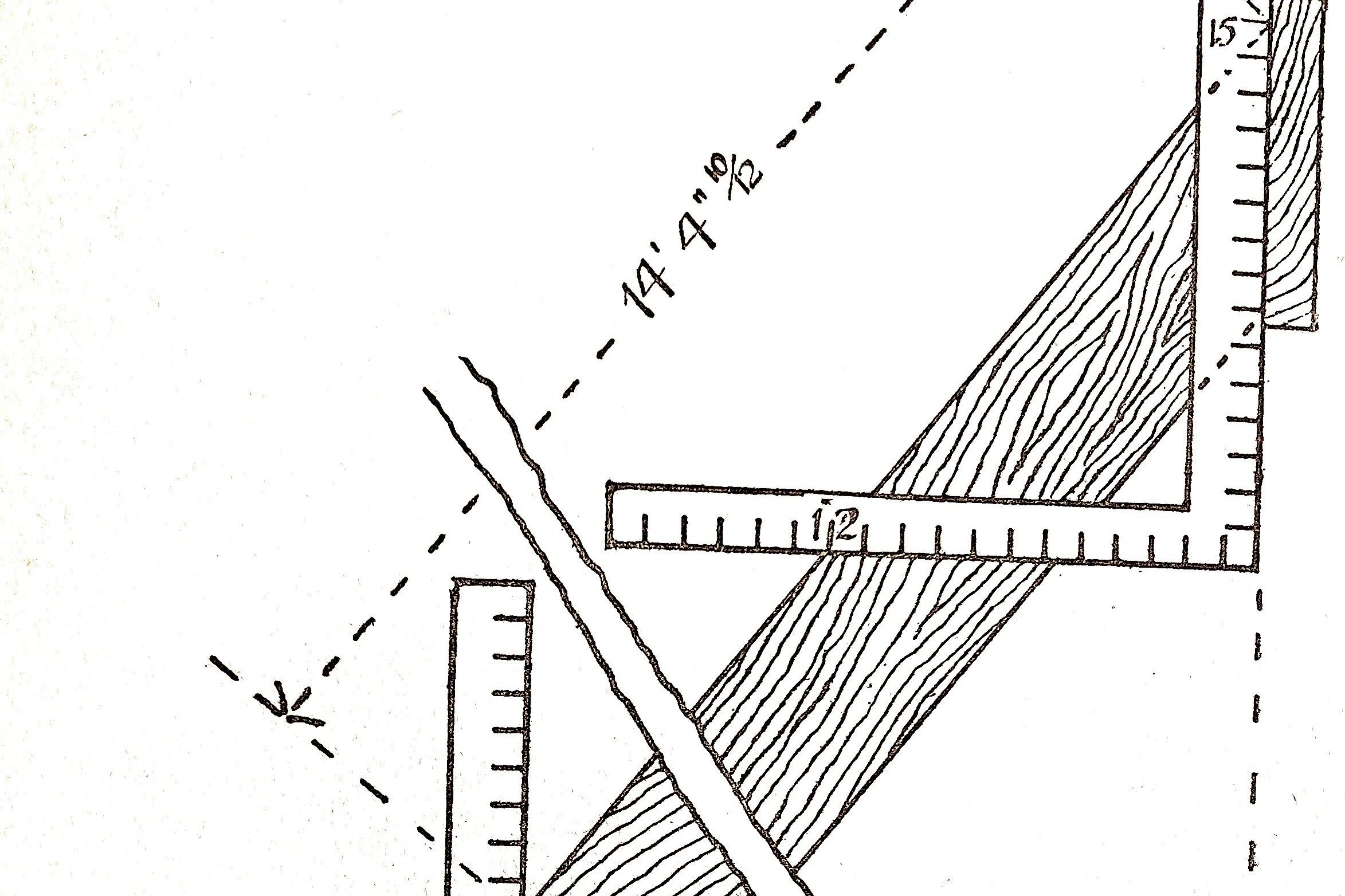Lessons From The Last Century Of New House Building
DR ELLEN GRIST, RESEARCH AND EVALUATION LEAD, HOUSING FESTIVAL
I recently bought three leather bound volumes of House and Cottage Construction in my local charity shop. These elaborately bound and beautifully illustrated technical manuals, were written by architect Harry Bryant Newbold (1883-1952), and published in 1923. As such they provide a fascinating window into the practice and challenges of new home building almost exactly a century ago.
We tend to think of construction innovation as a modern phenomenon, and the challenges faced by the building industry as unique to our times, and yet I found familiar narratives in the musty pages and black & white plates of these century-old books.
There were of course some glaring differences too! As a woman in the construction industry, I am aware of the gender imbalance and ongoing efforts to encourage women to take up careers in the sector. These books were a striking reminder of how things were only a hundred years ago, where construction was solely the preserve of men.
‘The most important things which are needed to help a man to reach any enduring success as a master builder, in order of their importance, are: Foresight, Honesty, Industry, Perseverance and Courage.’ House and Cottage Construction, 1923
The bewildering gender bias aside, the traits of individuals wanting to succeed in the construction of new homes, seem modern and remarkably similar to ours as an organisation: Courageous, Generous, United and Hopeful.
Construction technologies and the needs of residents may have changed, but construction activity is in many ways very much the same. For example, the recognition of the importance of delivering only high-quality homes:
‘At the very outset of this subject it should be recognised, as an indisputable fact, that good building alone it is that pays, and that scamping, ca’canny, or shoddy can never by a permanent benefit to anyone.’ House and Cottage Construction, 1923
Newbold’s observation in 1923 that ‘the time has now arrived…’ rings just as true today, with our present circumstances, not least our climate emergency, urging our industry and wider society look upon our interests as mutual.
‘Indeed, the time has now arrived when circumstances are rapidly compelling all engaged upon the building industry to look upon their interests as mutual.’ House and Cottage Construction, 1923
This 1920’s guidance also speaks about social nature of construction activity, stressing the importance of working collaboratively and building mutual confidence and trust between parties, which I’ve observed as essential in enabling innovation.
‘How can such bargaining proceed satisfactorily to any of the parties, in the various departments of which all are interested, and on the success of which the living and prosperity of all depend, how can such business deals prove profitable to anyone unless the parties thereto are inspired by mutual confidence and trust.’ House and Cottage Construction, 1923
Individuals who are hesitant of the terminology ‘Modern Methods of Construction,’ as an umbrella term describing the industry’s ‘recent’ push to improve productivity through increased standardisation, will surely smile when reading about the ‘modern’ approaches being championed in 1920s Britain.
‘One of the surest means to be able to erect a number of dwelling-houses at the minimum cost and yet secure a reasonable profit for the contractor is to adopt a “unit” or “standard”… it will be seen how this tends to cheapen, and a the same time hasten, production.’ House and Cottage Construction, 1923
In the face of our current challenges, the housing crisis, climate and ecological emergencies, construction skills shortage and the realities of an increasingly unequal society, these lessons from the past still ring true. There is an increasing need for affordable housing that can be built at pace without compromising on quality and meet net zero standards. Just as 1920’s Britain required innovation in housing to meet the need at the time, so will innovation be the key to unlocking a new housing supply for Britain today. The petition to our industry is the same, for Foresight, Honesty, Industry, Perseverance and Courage. Our focus must remain clear – quality housing that produces social value, improves collaboration across sectors, aids innovation and continuous improvement, and delivers great homes that enrich our communities and foster hope.


